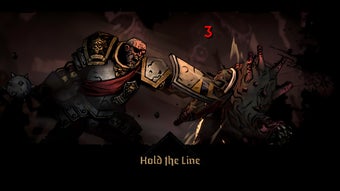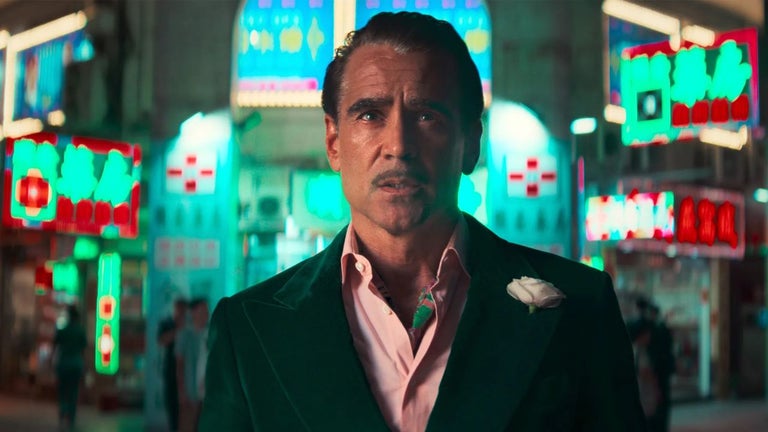Face the darkness within and without
Darkest Dungeon II is a premium fantasy role-playing game in which you lead a party of adventurers to confront an ancient evil. Along the way, you'll have to contend not only with monsters and other enemies but with your party's internal disputes. Managing your characters' stress and their relationships with one another is vital to success.
Like the original Darkest Dungeon, this sequel combines roguelike gameplay with turn-based combat. There are some differences between Darkest Dungeon II and its predecessor, but most core elements are recognizable. The iconic character designs and dark, moody fantasy aesthetic will remind players of games like Urtuk: the Desolation.
A battle for survival
Like its predecessor, Darkest Dungeon II is a challenging game; early attempts are unlikely to succeed. However, each attempt to beat the game, even if it fails, unlocks new characters and items for future playthroughs. Success comes from combining different characters' abilities to create winning strategies. You'll also need to deploy characters in the correct positions in your battle line.
Despite your characters' powers, they're still vulnerable human beings. As they encounter frightening or stressful experiences, they will gain stress levels. Too much stress will cause the character to melt down, upsetting or even harming other party members. As characters begin to dislike each other, they'll work less well together. Managing stress levels and relationships can be as challenging as combat.
Hero’s quest and journey mechanics
In Darkest Dungeon II, players are guided by their mentor, The Academic, to journey to The Mountain to defeat the source of evil. The party traverses a decayed kingdom using The Stagecoach, safeguarded by The Flame, a vital light that must stay lit. The Flame's intensity fluctuates based on battle outcomes, influencing the party's safety and sanity. If extinguished, deadly cultists attack, but surviving reignites The Flame to a minimal level, giving players one last chance to continue their journey.
The adventure begins with a tutorial in The Valley and ends at The Mountain. Along the way, players select routes at The Inn — a safe haven that marks the endpoint of each segment. Diverse regions such as The Sprawl, The Foetor, and The Shroud offer randomized layouts and events, ensuring a unique experience in every playthrough. Each region presents its own challenges, and avoiding combat can leave the party unprepared for the final confrontation.
At The Crossroads, players select their initial party of four heroes for each playthrough. More heroes can be recruited at The Inn, but the party size is capped at four members. As players progress, they earn Candles of Hope, unlocking new heroes and expanding their options. Relationships play a crucial role alongside stress levels — positive affinities between heroes provide valuable boons, whereas negative relationships can lead to distractions, mistakes, and increased stress, potentially causing a hero to melt down.
More dark roguelike RPG adventure
Darkest Dungeon II has a lot to attract fans of the original game, but the sequel focuses more on the stories of individual characters and their relationships. Players who value the large-scale team management of the original game may be disappointed. The individual campaigns are also much shorter than the original's, although multiple campaigns are possible.










